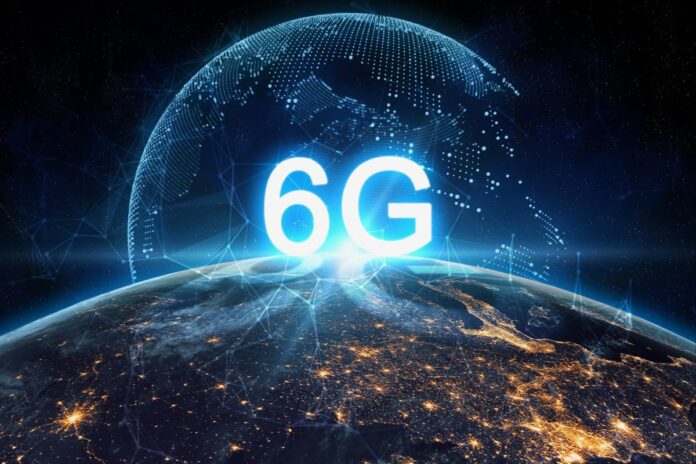South China Morning Post | China has achieved a breakthrough in satellite-to-ground laser communications that could pave the way for 6G and other applications, including remote sensing with ultra-high resolution and next-generation satellite positioning technology.
Chang Guang Satellite Technology Company, which owns Jilin-1, the world’s largest sub-meter commercial remote sensing satellite constellation, said it achieved a 100-gigabit-per-second ultra-high-speed image data transmission rate in testing last weekend.
The feat – 10 times the speed of its previous record – was accomplished between a truck-mounted ground station and one of the 117 satellites that currently make up the Jilin-1 constellation, the company said.
According to Wang Hanghang, the company’s head of laser communication ground station technology, the development puts Chang Guang Satellite ahead of Elon Musk’s Starlink.
“Musk’s Starlink has revealed its laser inter-satellite communication system but hasn’t deployed laser satellite-to-ground communication yet. We think they might have the technology, but we’ve already started large-scale deployment,” he said.
“We plan to deploy these laser communication units across all satellites in the Jilin-1 constellation to improve their efficiency, with a goal of networking 300 satellites by 2027,” Wang added.
According to him, the breakthrough “lays the foundation for the deployment and efficient operation of China’s satellite infrastructure, including navigation, 6G internet, and remote sensing applications.”.
While the cost of upgrading ground stations is high, satellite communication offers low cost and wide coverage, making it an “important direction” for the development of 6G, he said. “Laser communication will also be a necessary technology by then.”
As satellites have achieved higher spatial and temporal resolutions, the volume of data they generate is growing exponentially, creating a bottleneck for the traditional microwave data transmission bandwidth.
Recognizing the looming problem, Chang Guang shifted its focus in early 2020 to laser communications technology, a field that has seen several noteworthy strides in recent years.
In 2022, the Massachusetts Institute of Technology (MIT) achieved a landmark 100Gbps laser transmission, followed by NASA’s TeraByte InfraRed Delivery (TBIRD) system—also built by MIT—that set a record of 200Gbps in 2023.
The TBIRD payload is tiny—just three 10 cm (4 in) cubes that together are about the size of a tissue box—while its receiving station is part of NASA’s Jet Propulsion Laboratory in California.
The payload weight of China’s larger, heavier system is about 20 kg (44 lb), and instead of an observatory, the ground receiving unit is truck-based, making it mobile—an option that could lead to faster applications.
The Chang Guang-developed laser communication terminal, which is about the size of a backpack and supports both inter-satellite and space-to-Earth data transmission, was included in the payload of a satellite that left Earth in June 2023.
The Jilin-1 02A02 satellite selected for the trial was part of the record-breaking mission that saw a single rocket carry 41 satellites into orbit to join the Chinese constellation.
On the ground, the mobile setup of the vehicle-mounted laser communication station means it can avoid atmospheric disruptions, such as extreme weather and turbulence, enhancing the reliability and stability of space-to-earth data transmission.
“We plan to establish multiple receiving stations across China to improve the efficiency of remote sensing image data acquisition,” Wang said.
The previous record achieved by the system was a 10 Gbps space-to-earth data transfer in October 2023. By January last year, the company had conducted China’s first 100Gbps inter-satellite transmission between the 02A01 and 02A02 platforms.
The team overcame numerous technical challenges to achieve the latest breakthrough, including atmospheric turbulence, high-speed relative motion errors, and precision beam tracking.
The achievement of a 100Gbps transmission rate from a satellite to Earth “is equivalent to transmitting 10 full-length movies in just one second. It’s like upgrading a single-lane highway to thousands of lanes,” Wang said.
According to the company’s official report, the application possibilities are extensive, spanning disaster monitoring, national defense, smart cities, environmental protection, and emergency response, in addition to 6G satellite internet.
The latest achievement marks a significant step forward for China’s satellite communication capabilities, solidifying its position in the global space technology race, it said.
SOURCE: https://www.scmp.com/news/china/science/article/3293038/china-beats-starlink-hi-res-space-ground-laser-transmission-6g-standard?module=perpetual_scroll_0&pgtype=article















